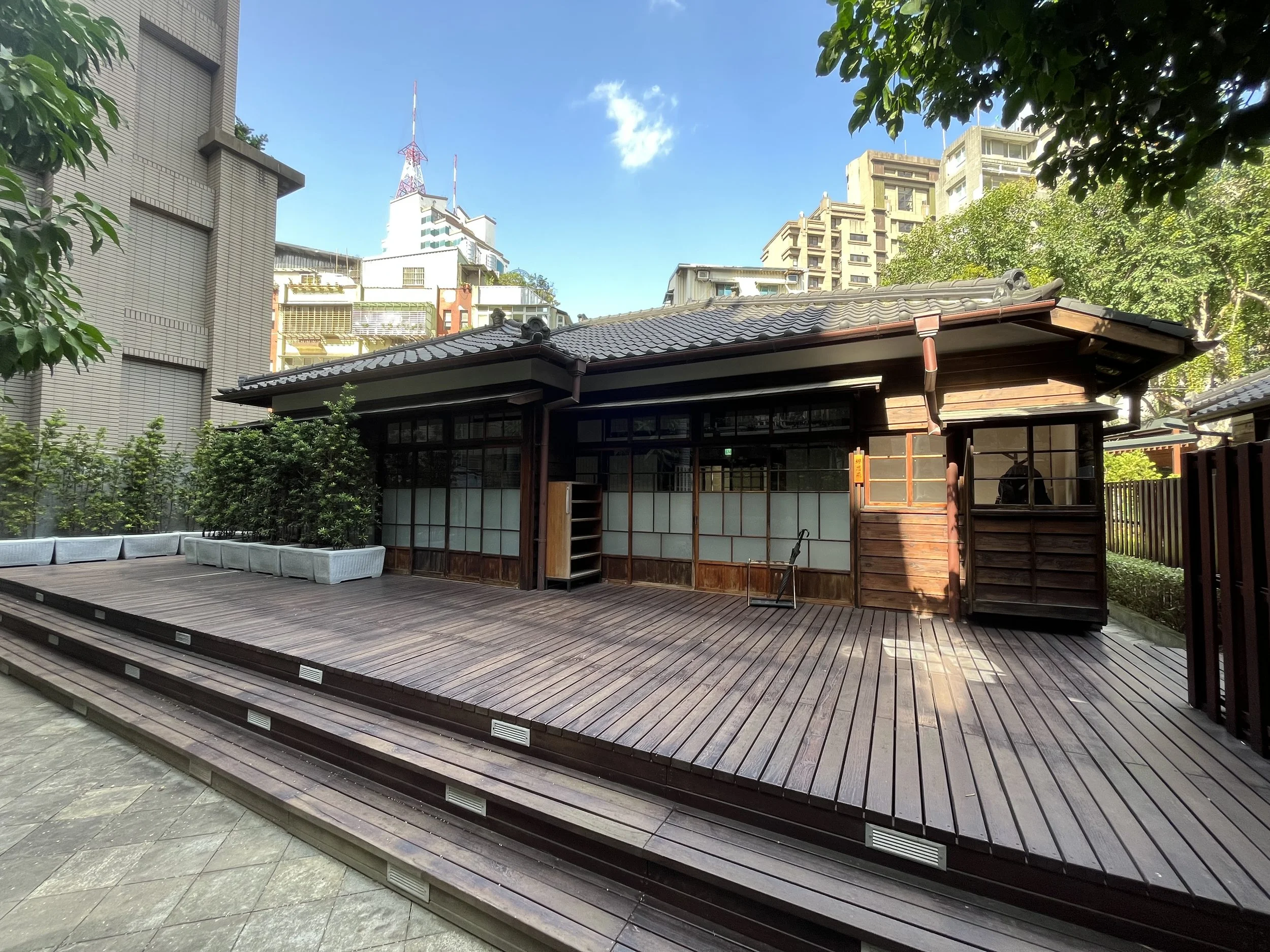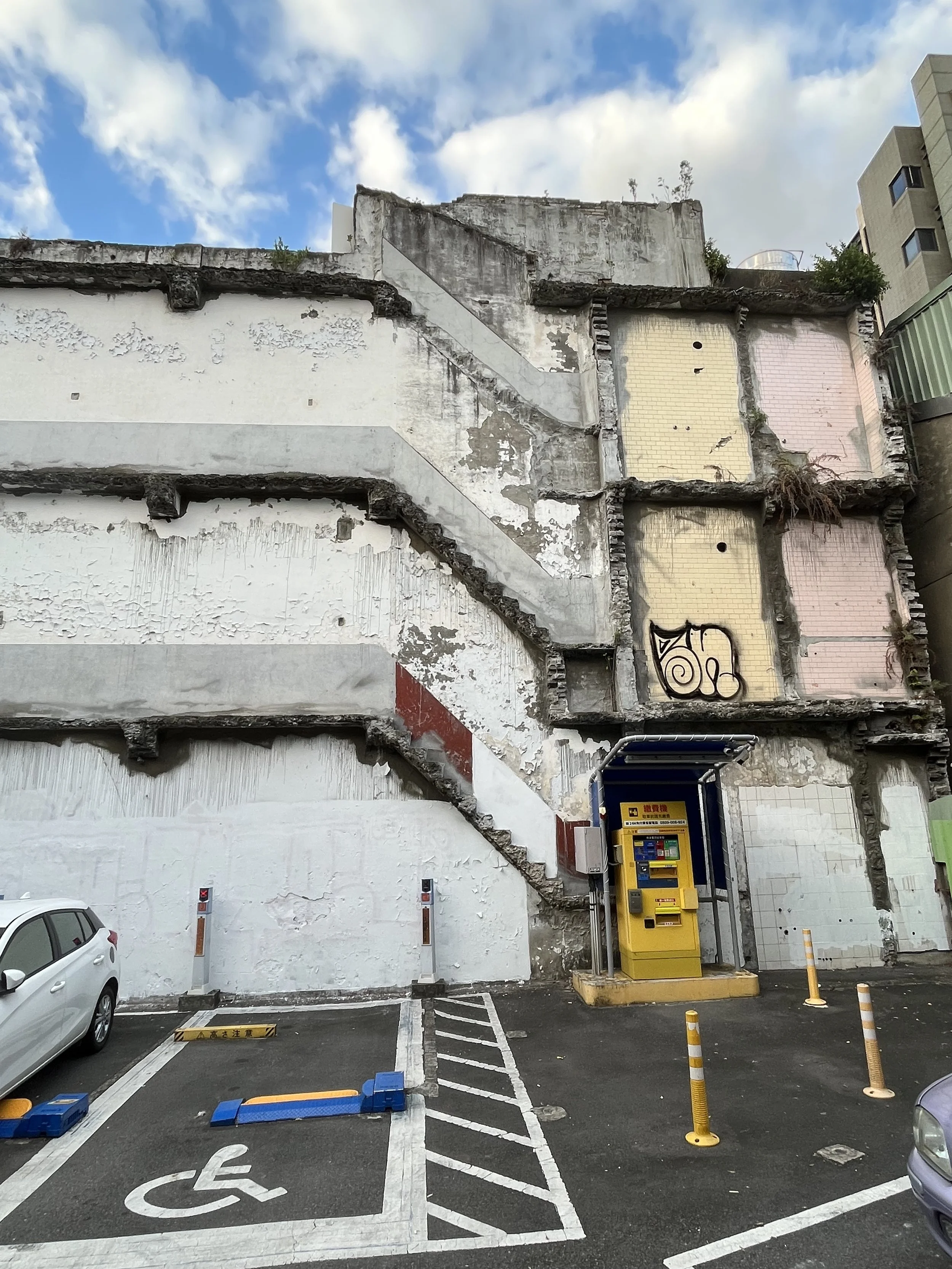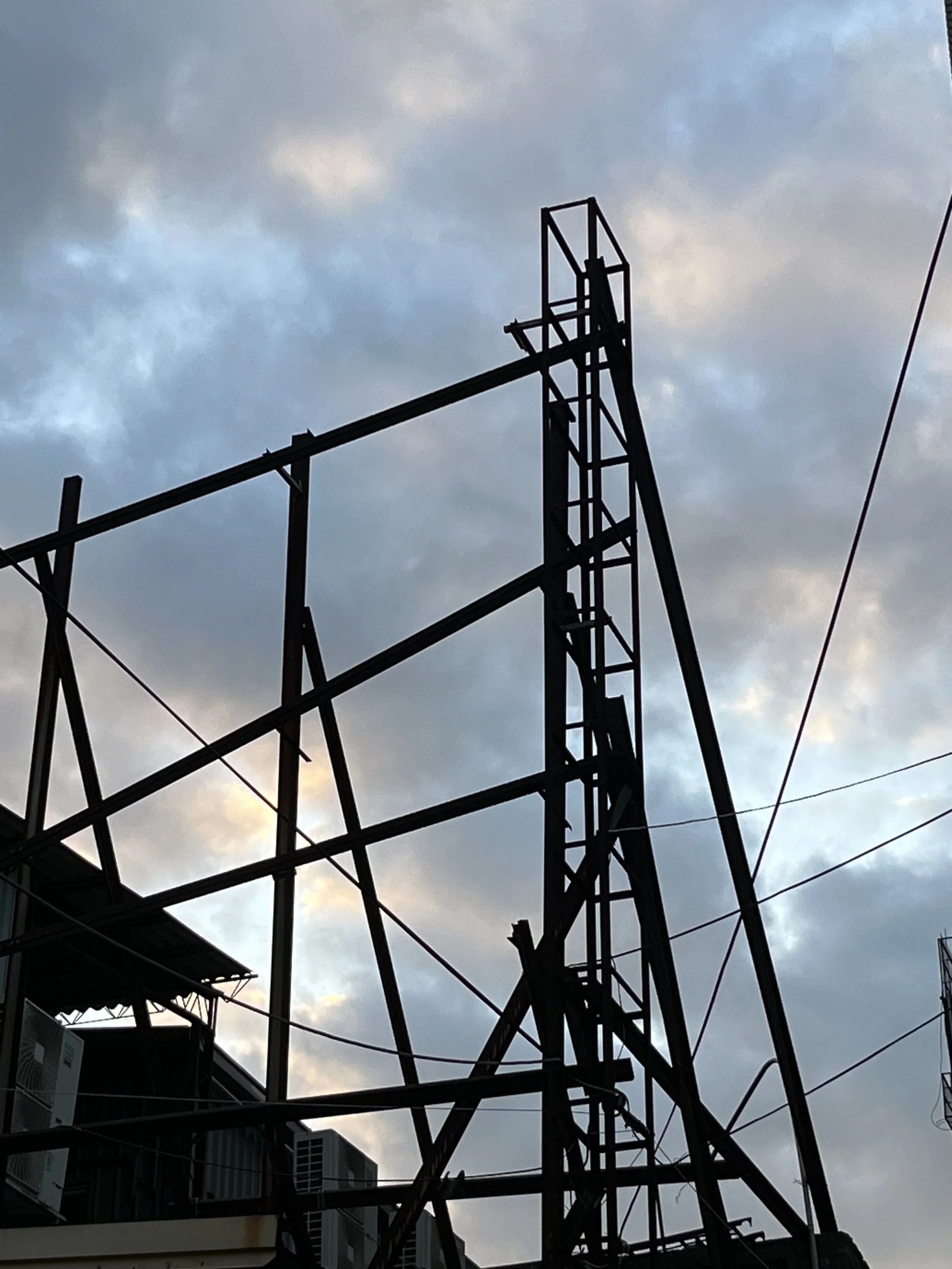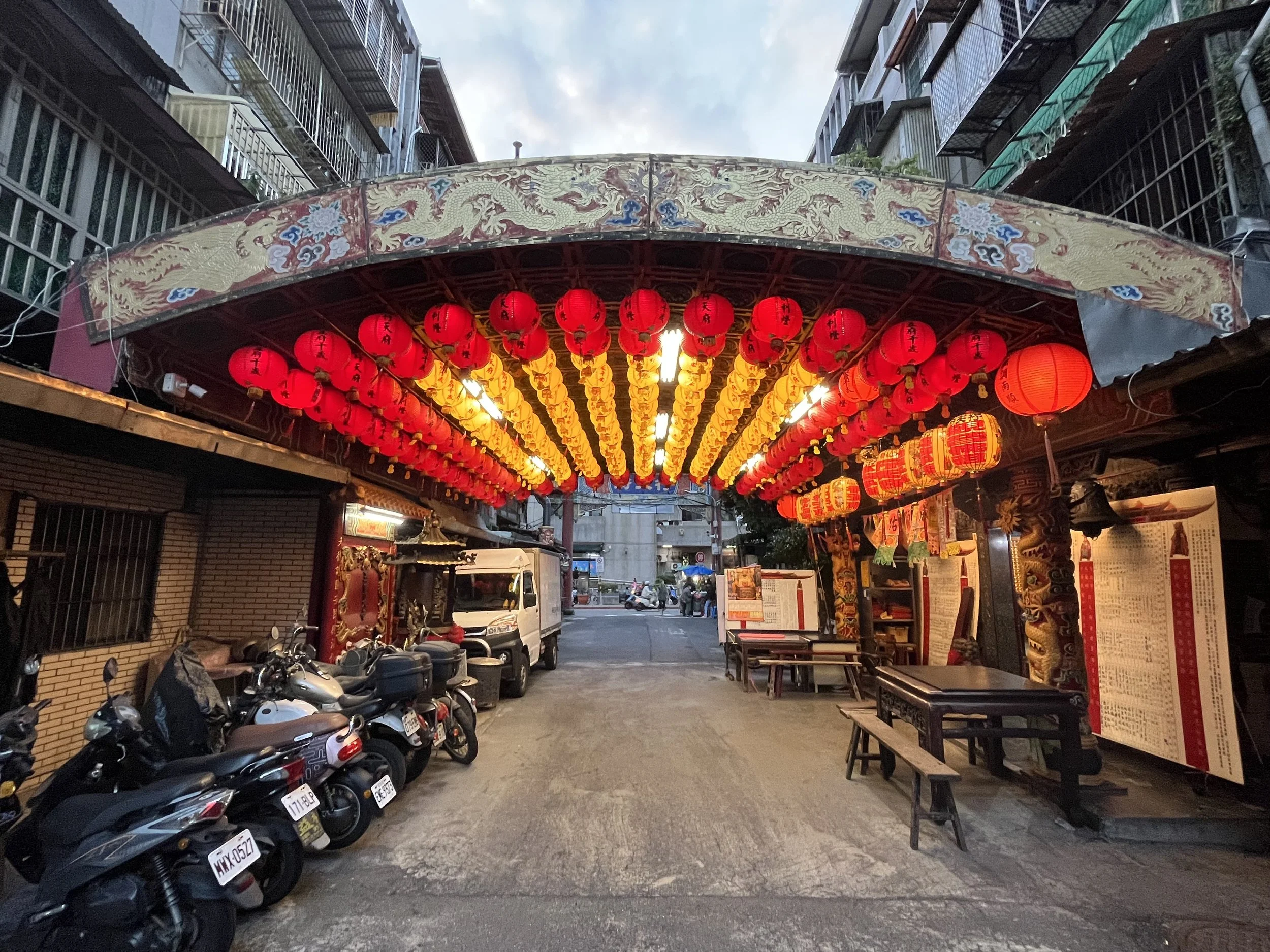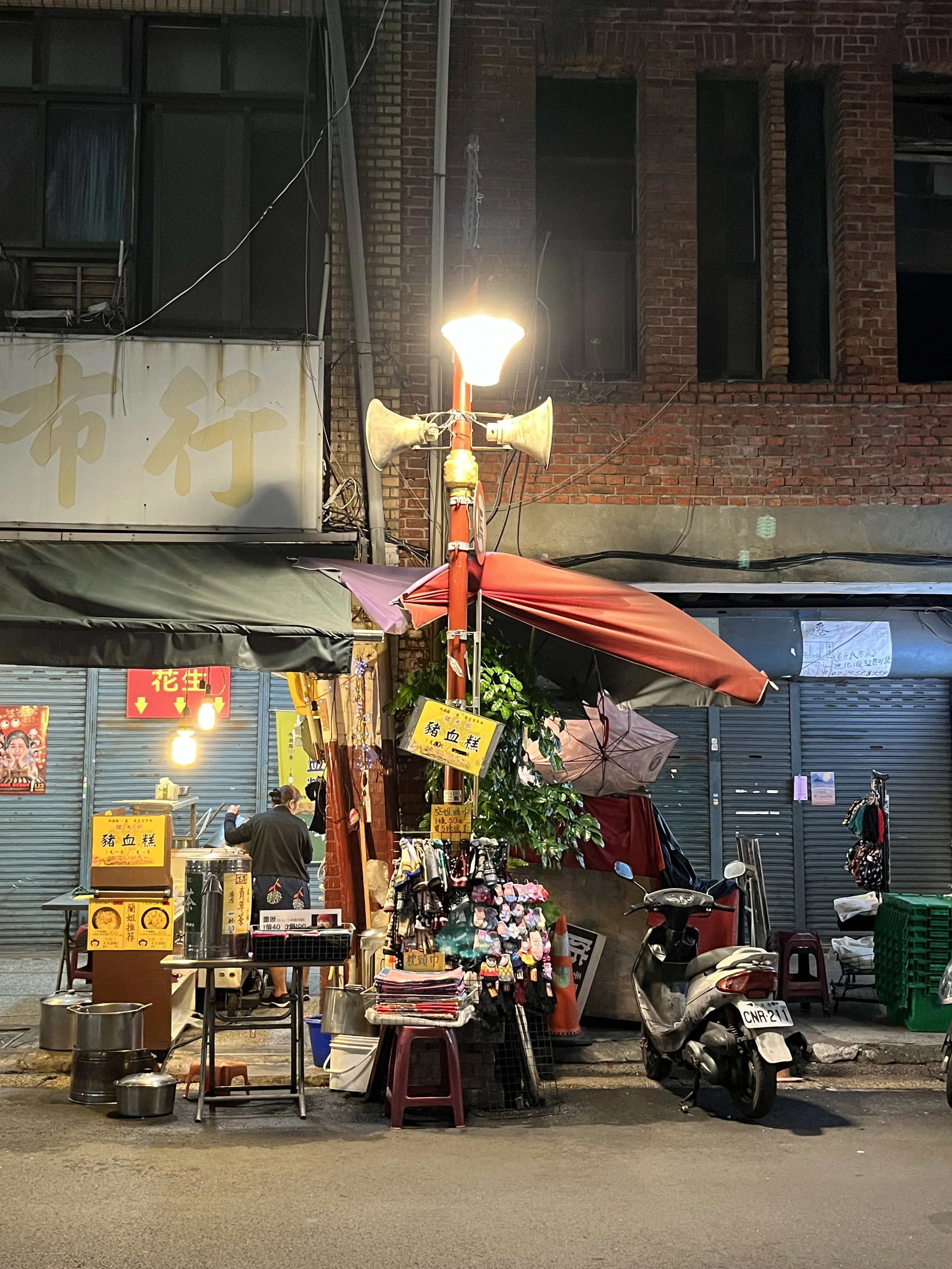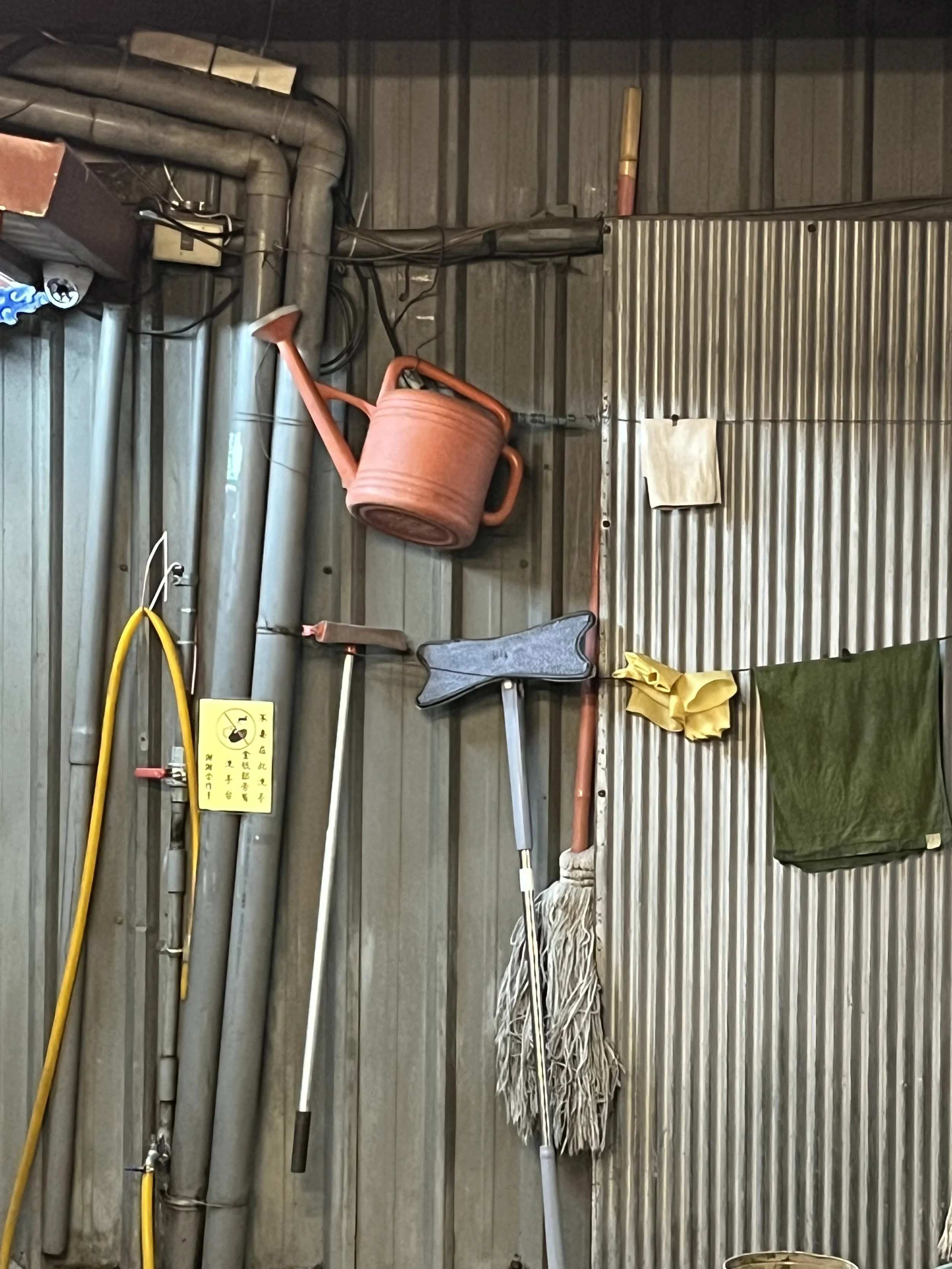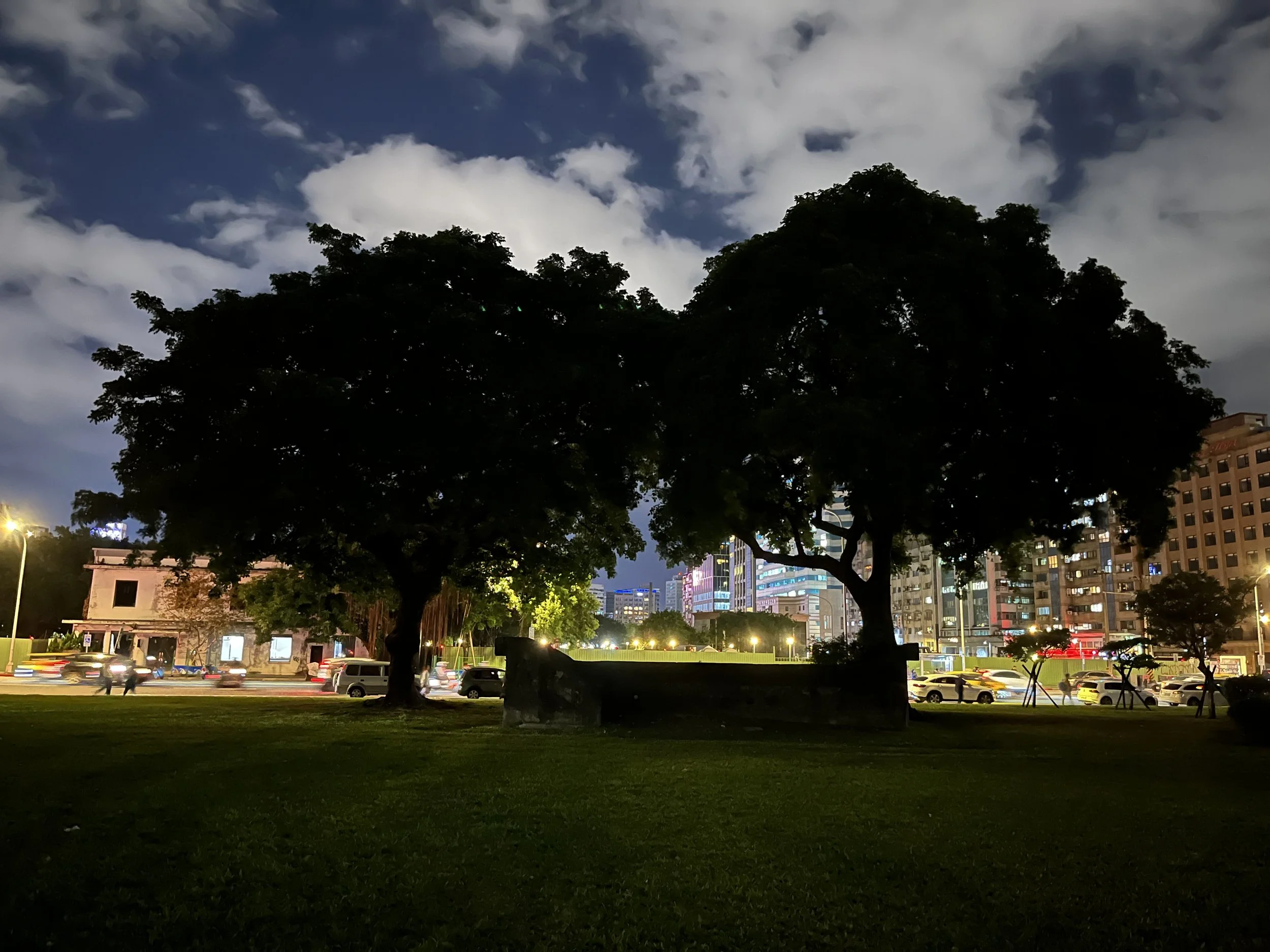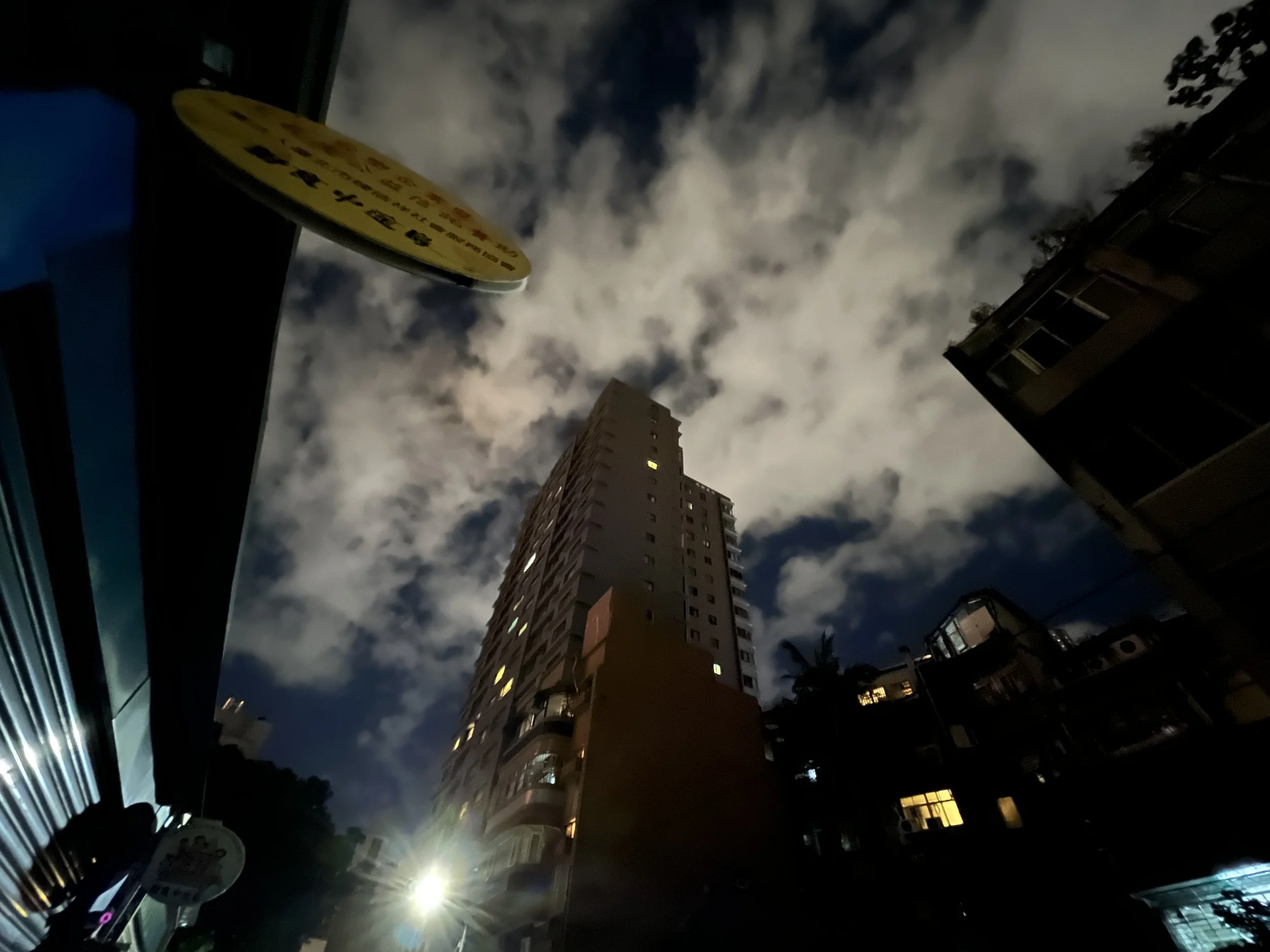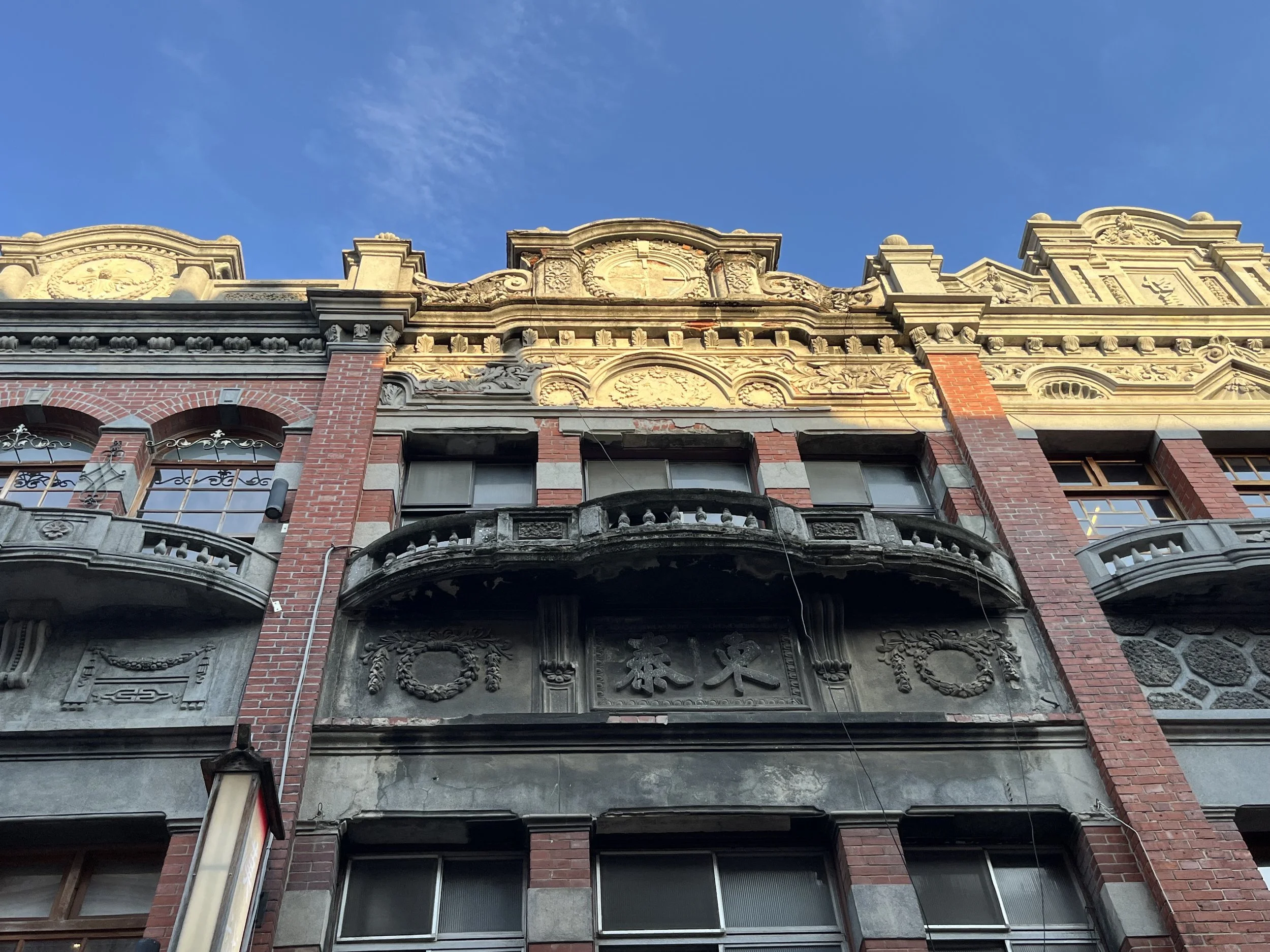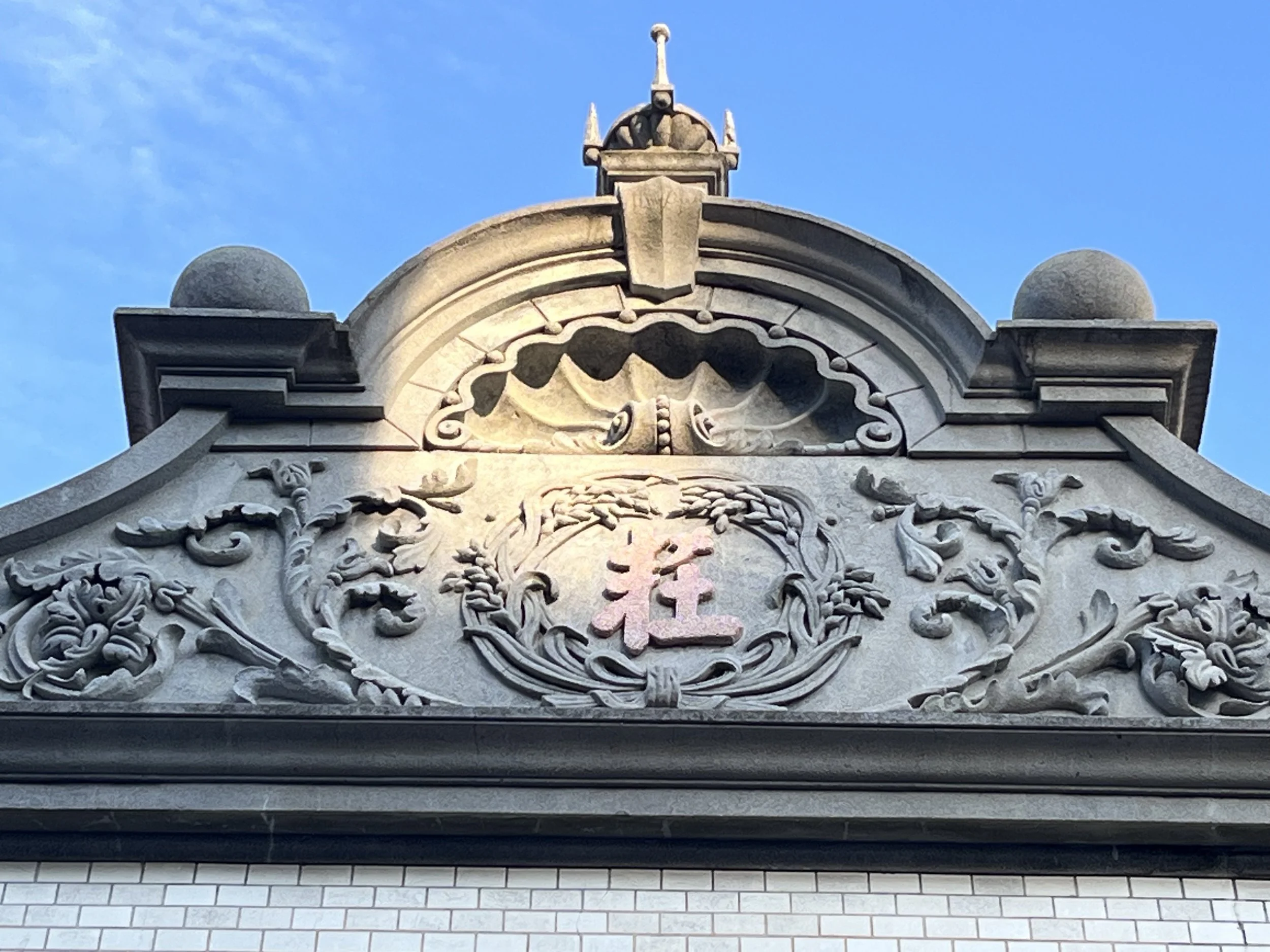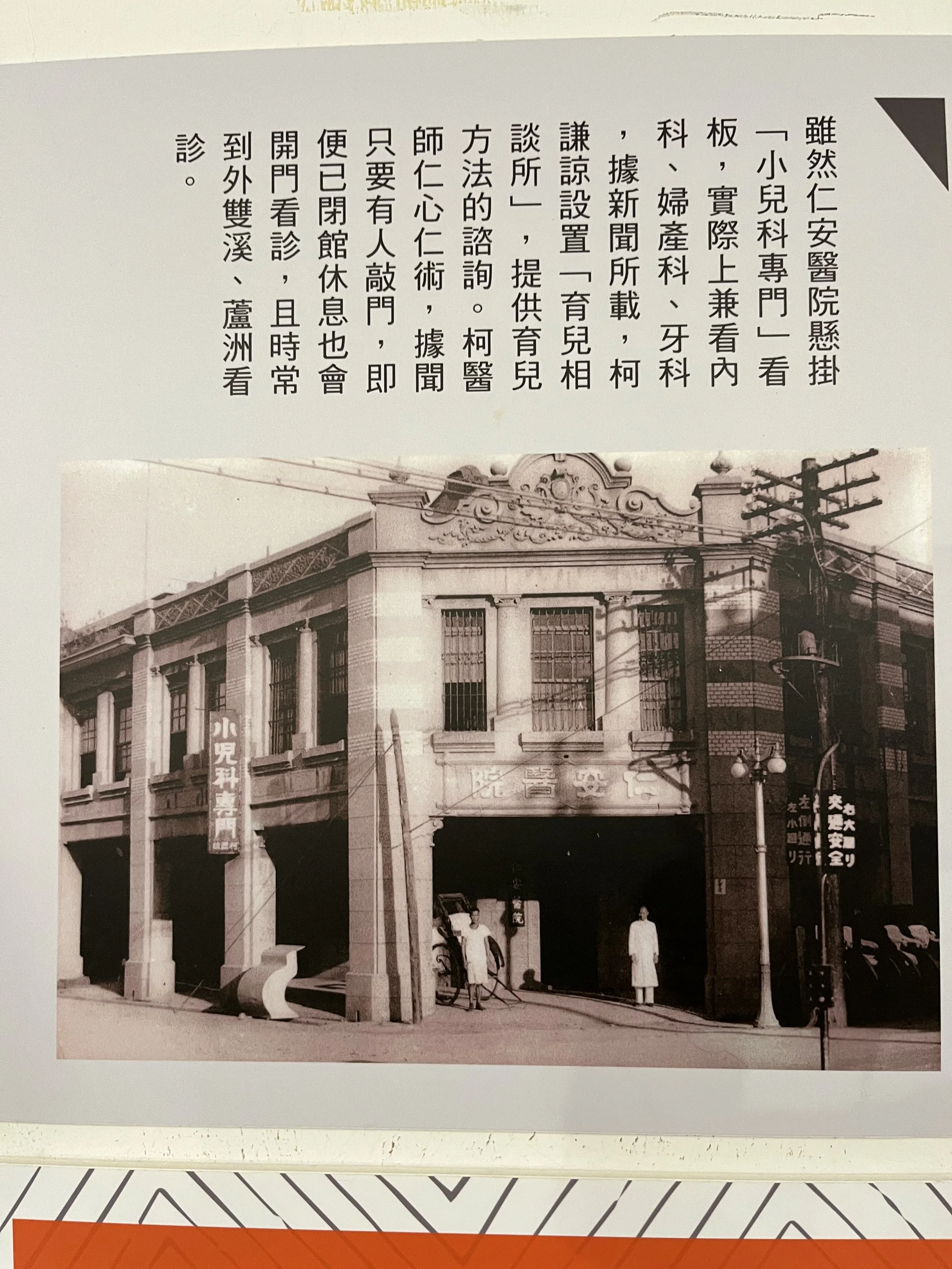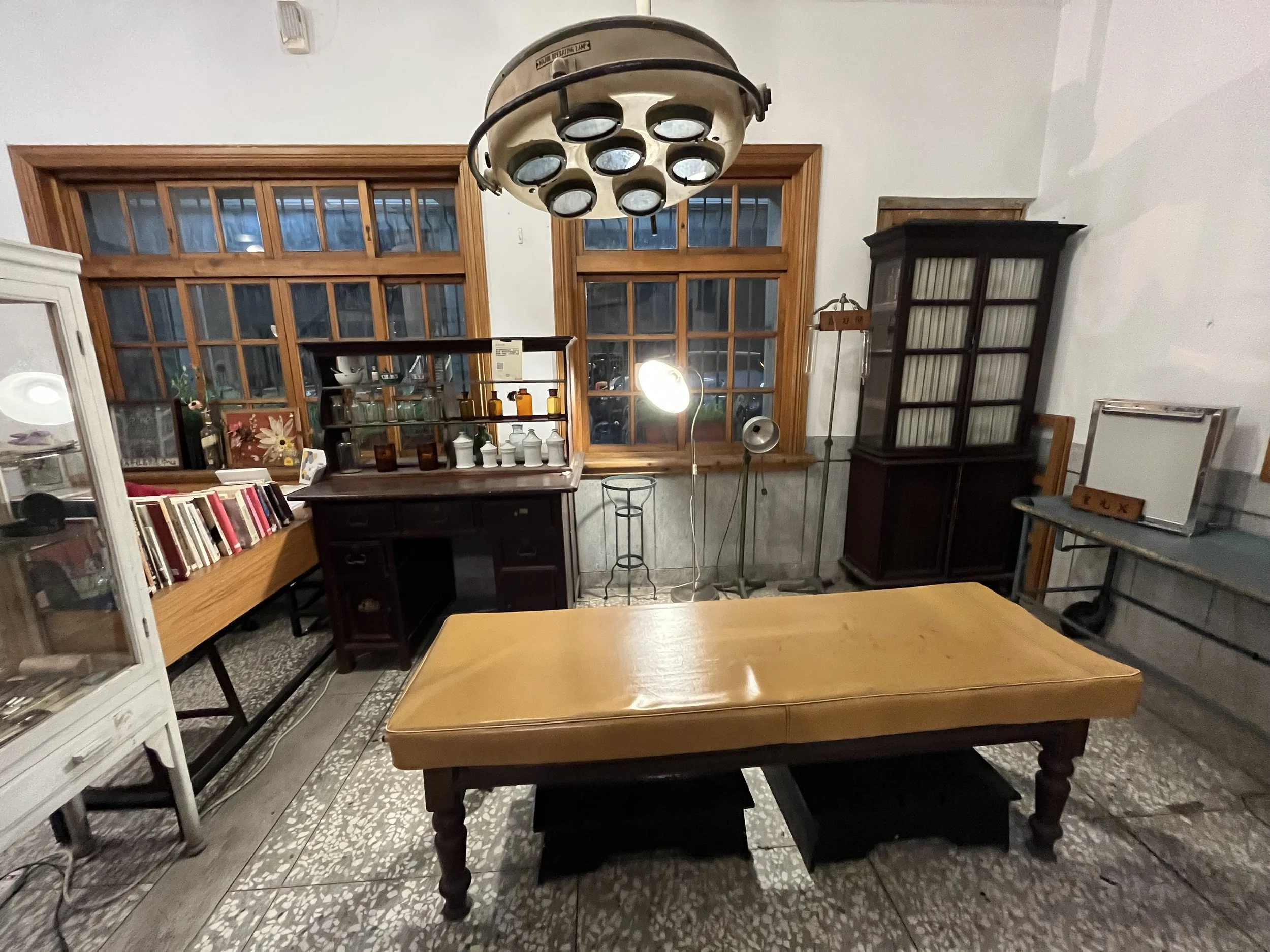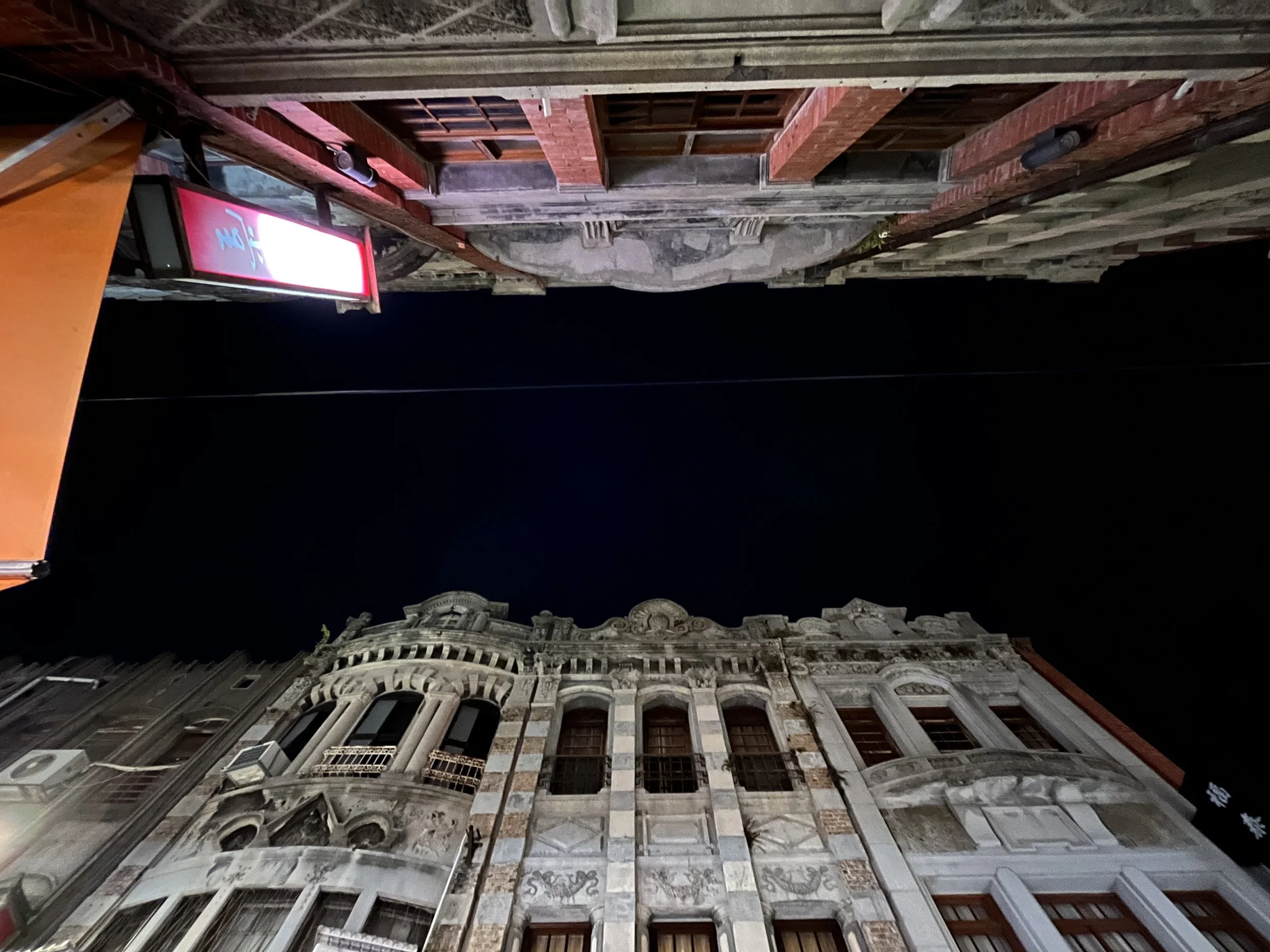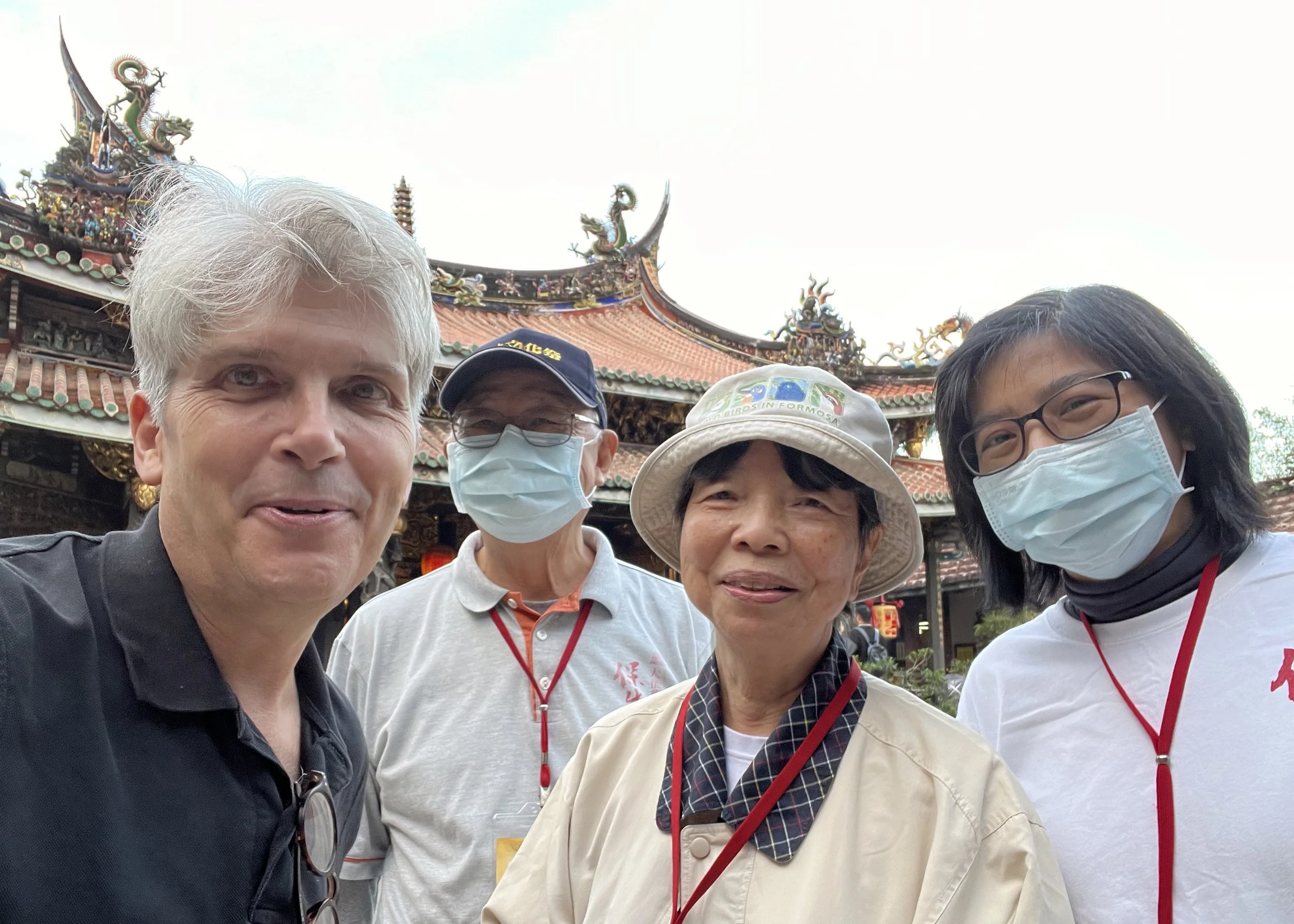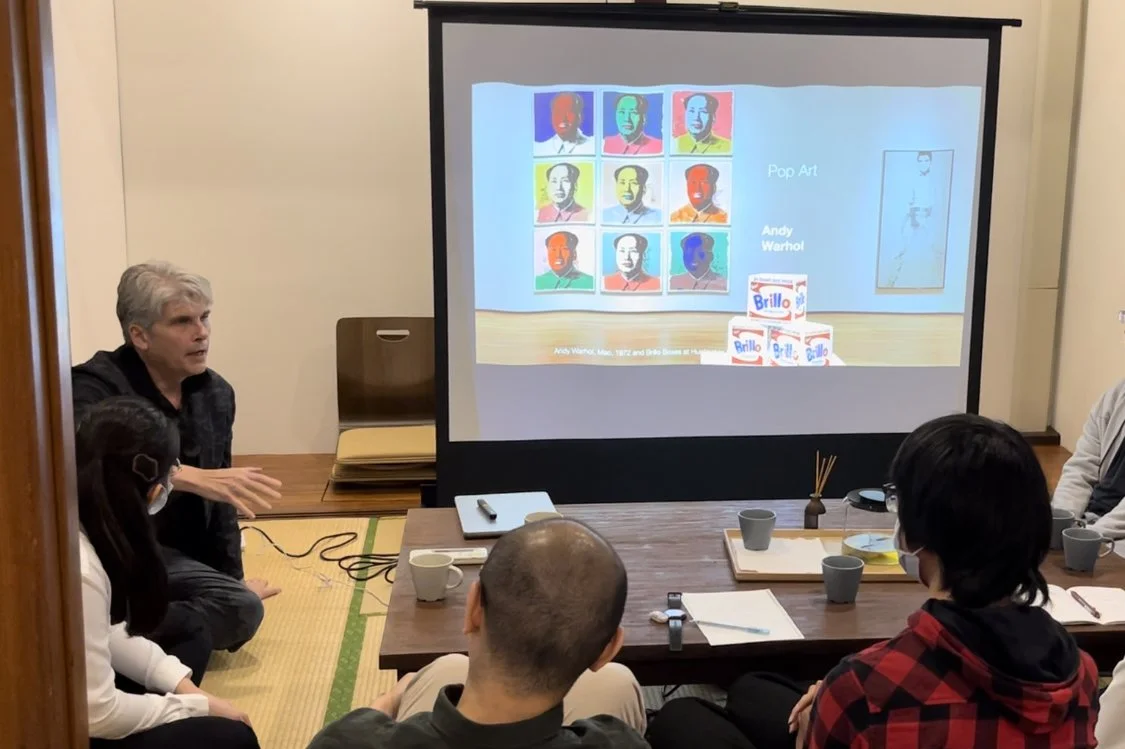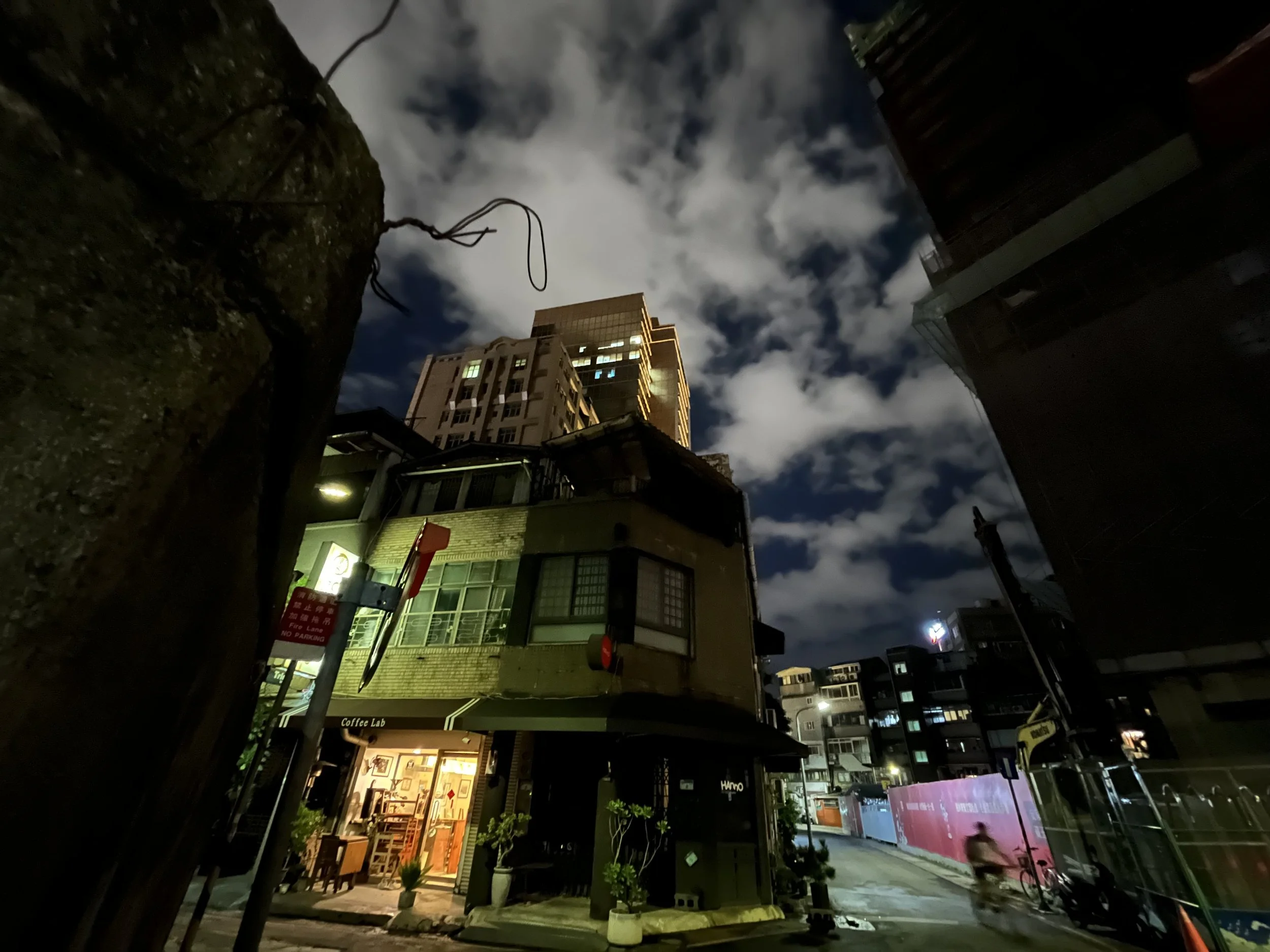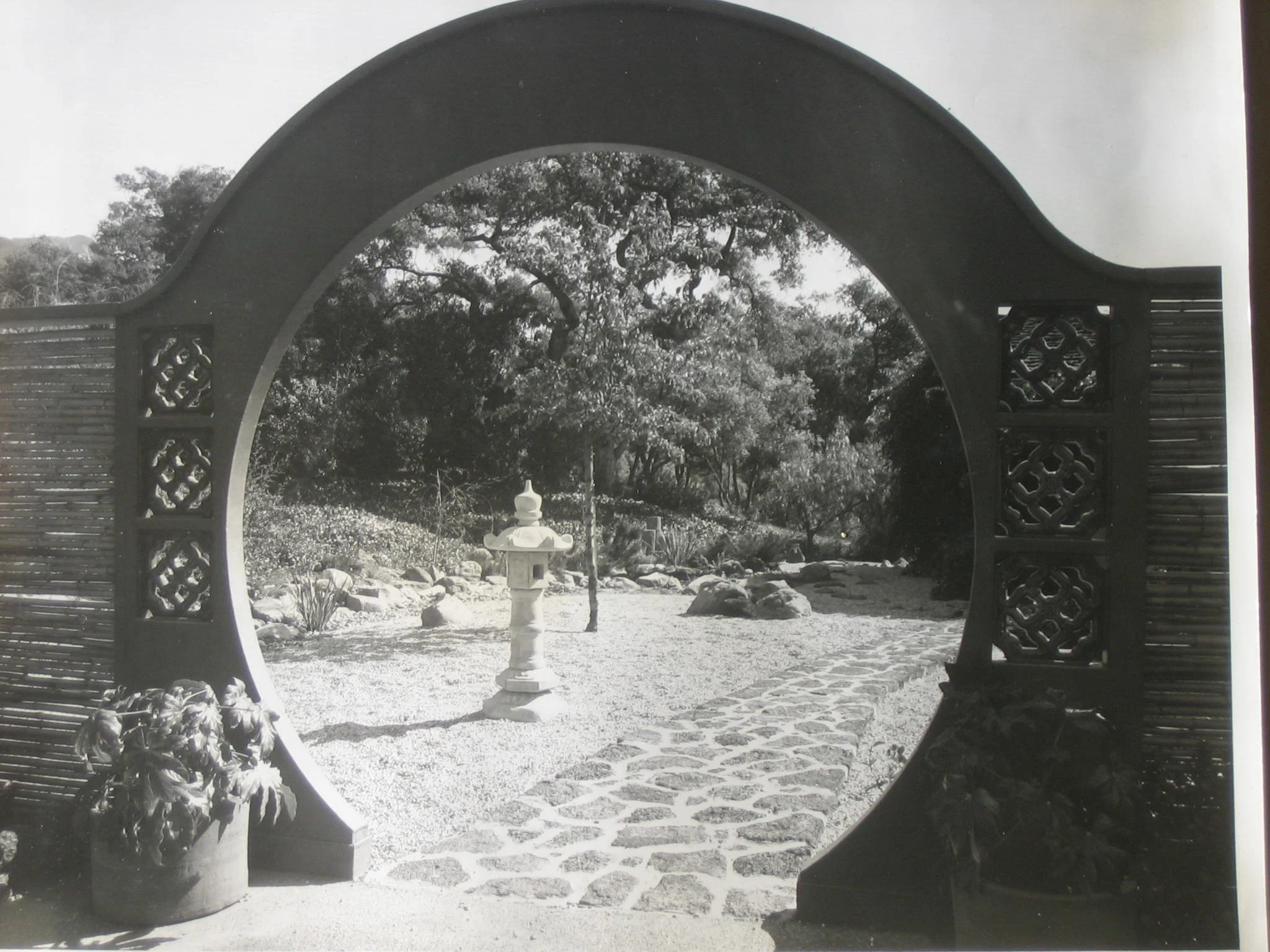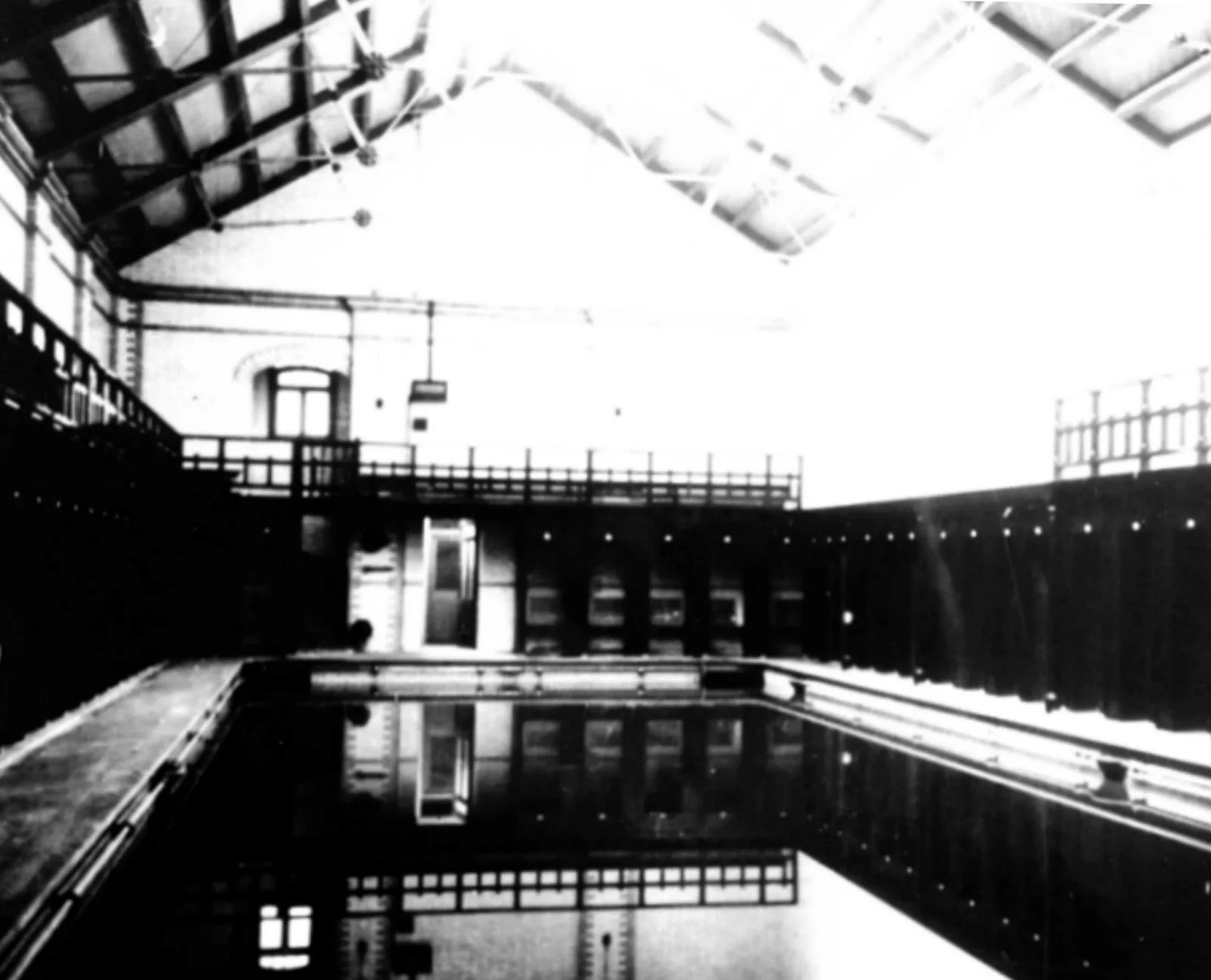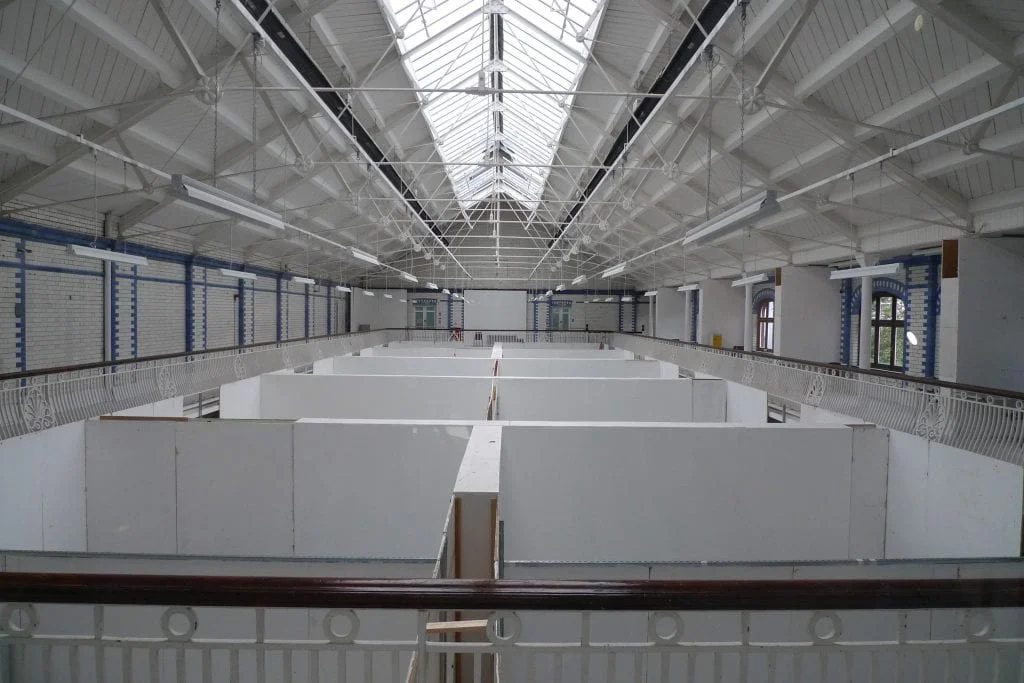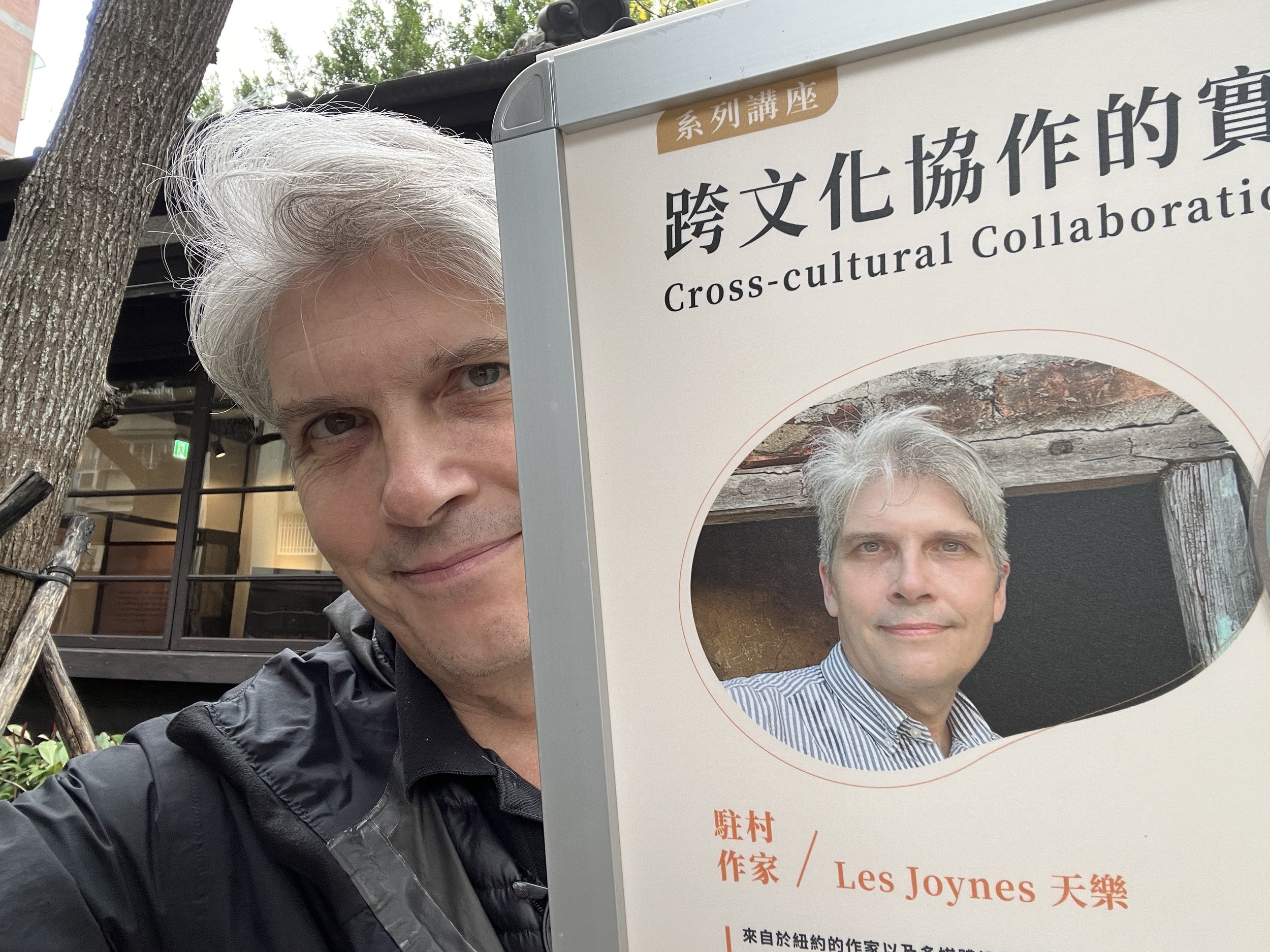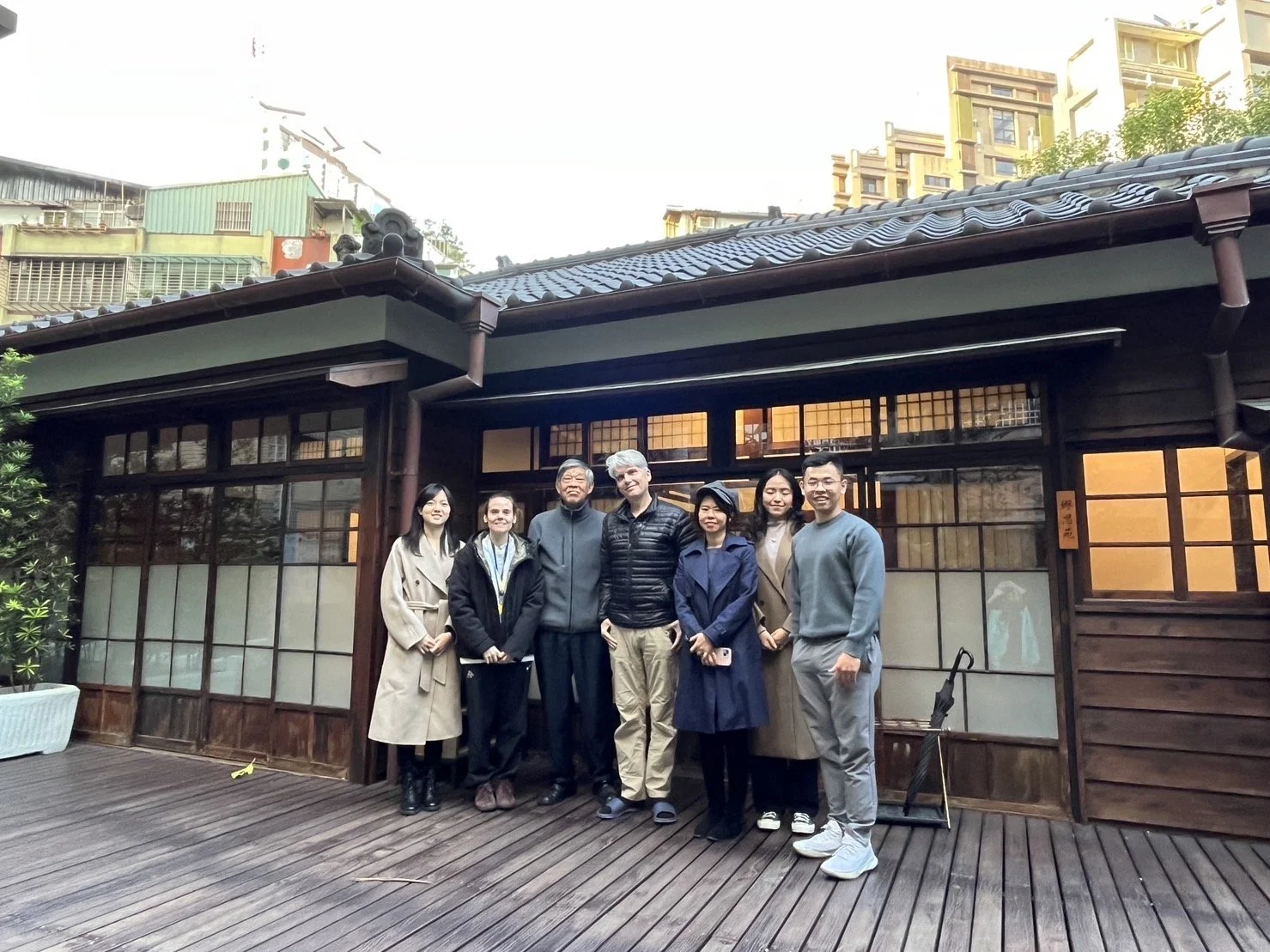
Artistic Research in Taiwan
“Transforming the city into living art laboratories”
Transforming community into a laboratory of learning and creation. As an artist, the process of making art as uniquely performative. Creating artwork in front of live audiences gives a particular perspective into our processes. In this photo essay, I share my 2023 experience creating “living laboratories” in museums and public spaces in Taiwan including Datong in Taipei and Qiaotou in Kaohsiung.
The artist’s home in Taipei in 2023 at Taiwan Literature Base, National Museum of Taiwanese Literature.
Research and Artistic Exploration in Taiwan
I began exploring Taiwan’s art and culture in 1997 and served on the 1998 Taipei Art Biennial curatorial team that produced the exhibition “Site of Desire” (欲望場域) at the Taipei Fine Art Museum. I came to Taiwan in 2016 as Taiwan Ministry of Education Scholar for their Mandarin Chinese program at National Cheng Kung University in Tainan and later returned in 2023 to create art projects related to Taiwan’s colonial and indigenous communities.
My work explores the relationship between found objects, movement, drawings, and assemblages as expressions of a community’s language. I investigate how spaces are formed for work, living, worship, and play—how they reveal local and regional identities.
My home in Taipei was a restored Japanese house, originally built in 1935 as part of a cluster of residences near Qidong Street, on the east side of the Taipei City Walls. My project at the Taiwan Literature Lab (part of National Museum of Taiwanese Literature) was to study the local history of Datong in Taipei. Walking from Qidong to Datong each day I captured the city's pulse through photography in the shifting light of late afternoons and early evenings.
With my camera, I explored the colonial traces circa 1895-1945 revealing a multi-faceted and complex cross-section of Taiwanese history and local identities. Often I would discover random “unnoticed” cultural installations made by others. In some areas I discovered the ghost imprints of peoples apartments left bare on the sides of building. Or the tops of buildings, places where once was a rooftop billboard where now only remains the abandoned skeleton of the scaffolding. Taiwan is full of these wonders. Turn down a side street and our vision is filled with a hundred red and yellow lanterns - turn down another street and we discover impromptu assemblages of objects arranged by residents.
Above all of this is the sky at night - a great blue and white canopy that embraces the city which illuminates it from below. Looking deeper we see vestiges of previous architecture which merge the colonial with the contemporary and the functional. And within this are the local residents with their rich and personal stories - each one a unique glimpse into their personal journeys - each one making the city alive.
Datong
2023 © Les Joynes
Datong
2023 © Les Joynes
Datong
2023 © Les Joynes
Datong
2023 © Les Joynes
Datong
2023 © Les Joynes
Datong
2023 © Les Joynes
Quidong 2023 © Les Joynes
Old Datong early 1900s (archival photograph)
2023 © Les Joynes
Colonial buildings in Datong
2023 © Les Joynes
Colonial buildings in Datong
2023 © Les Joynes
Colonial buildings in Datong
2023 © Les Joynes
Colonial buildings in Datong (catalogue image)
Clinic and operating room, Datong
2023 © Les Joynes
Colonial buildings in Datong
With Taiwan Opera Singer Chung Mei-jung at Bao An temple where she first performed at age 16 in the early 1960s in Taipei.
Series of photos from colonial communities in Kaohsiung exhibited at ByWoods Gallery 2023 © Les Joynes
Workshops and Presentations in Taiwan
I have been presenting on modern and contemporary art since 1999. In Taiwan in 2023, I held three workshops at my home at the Taiwan Literature Lab engaging local artists, community member and students. I presented lectures on the making of Modern art in America and Europe and Pop Art that shaped the contemporary and models for bilateral collaboration in the arts. I also was hosted for lectures at National Sun-Yat Sen University in Kaohsiung, National Taipei University of Education, and National Taiwan Normal University.
Lecture at Taiwan Literature Base residency on Pop art and the changing contemporary art landscape. 2023 © Les Joynes
Qidong neighborhood.
2023 © Les Joynes
My artist Journey - appreciating Asian art traditions
Artists home circa 1970.
2023 © Les Joynes
Inspiration for Researching Taiwan’s Culture
My exposure to East Asian cultures began in my early childhood. I grew up in Santa Barbara, California, at the base of mountains that rose gradually from the Pacific Ocean. The land, once chaparral, was shaded by old Spanish oak trees, their vast canopies offering respite from the dry heat. In our garden stood a moon gate (月亮门), a circular portal that seemed to bridge two worlds - home and the world beyond. This gate became my first lens, inspiring me to explore fine art photography as a means of framing the world outside. I was very fortunate to study photography under Disney cinematographer Wolfgang Lauter, who not only taught me the technical aspects of using a camera but also how to envision a world through a lens. I worked with a fully manual 35mm rangefinder, using a light meter to measure light, focal length, and depth of field. Through the camera, I developed a new way of seeing, discovering “found installations” where nature and urban spaces were framed as part of a living museum. My camera became a constant companion, documenting every journey.
Later in the early 1990s, during my art studies (sculpture and interdisciplinary arts) in London at Central Saint Martins and Goldsmiths we discovered we were at the crossroads of something new. In contrast to the slick YBA artist installations, we were more inspired by a new arte-povera - an aesthetic of the handmade that for us was the ground-zero of art. We became known as DIY Artists because our work embraced the elements of process. I drew my inspirations from Marcel Duchamp Marcel Duchamp who would fashion found objects into readymades that challenged the museum and artworld conventions and Andy Warhol who I met in New York and who sparked my interest in collected everyday objects. I also learned that found objects indexed not only the loci where they were discovered but stories and historicities of who possesses them (or may have possessed them).
St Martin's School of Art, London (London Metropolitan Archives)
At Central St Martins we shared a common studio space in school’s former auditorium which had high ceilings and a stage.
St Martins sculpture department during a tutorial.
Redefining spaces of spectatorship
I had my first exhibition at the Santa Barbara Museum of Art when I was 18. Whenever I visit a new city I always search out their museums. I have visited several thousand museums in 30+ countries - even now when visiting a city for the first time I will carve out some time to visit local museums. Museums for me are like time capsules where curatorial visions are mapped out and moments in a culture are suspended.
Museums can educate, advocate, and challenge. They also shape perception, framing art within distinct spatial and ideological contexts—whether in the pristine white cubes of MoMA, the grandeur of the Hermitage or the Louvre, or the interplay of architecture, light, and object in Tadao Ando’s designs. Others, like the Museum of Nonconformist Art in St. Petersburg, deliberately embrace the archival fever of artists and collectors.
I examine the museum from the inside out—not just how we bring people to museums, but how we bring museums to communities. Inspired by French philosopher Etienne Balibar (b 1942) and critical theorist Gilles Deluxe (1925-1995) and their concepts of borderlands and liminal spaces. I see museums as spaces for investigation of local, regional and global social structures and identities. As outlined in my chapter in Museum2050 (Long Museum, Shanghai, 2018) artists can innovate not only how we make art but also how we experience art in new forms of exhibition and teach a new generation of artists. This inquiry continues to shape my practice, questioning how museums and educational institutions can integrate more deeply with the communities they serve.
From pool …
Image: pre-Goldsmiths. Old Laurie Grove baths - early 20th century © Deptford Dame
…to school
Victorian baths transformed into Goldsmiths MA studios. image © Tim Crook
In the 1990s, I deepened my exploration of the observer-observed relationship during my time at Goldsmiths in London (1996-1997). Our MA Fine Art studios were housed in a repurposed Victorian-era public bathhouse (1898), where skylights cast a blue-white glow across the space. The studios themselves formed a labyrinth of white cube enclosures—mine the second one up from the left. This panopticon-like structure above and around meant that we were constantly being observed as we worked, in stark contrast to traditional, siloed studios that functioned as opaque black boxes. Here we were in a dialogical space.
This dynamic inspired me to conceptualize FormLAB in 1997, as an observable process-based and collaborative art model - that turns the studio and the museum—inside out. In FormLAB, the artist is both observer and observed, and art remains in a perpetual state of becoming, a continuous performance rather than a static final product. This concept has evolved over the years through projects at the Bauhaus in Germany (2008), in Singapore (2009), at Treignac Projet in France (2010), at the Seoul Foundation for Art & Culture in South Korea (2012), the Brazilian Museum of Sculpture in São Paulo (2012), the Zanabazar Museum of Fine Art in Mongolia (2014), the Inside-Out Museum in Beijing (2017), and most recently, during my Fulbright tenure in West Bengal (2022). In the Department of Art History at Columbia University, I examined what Dr. Jonathan Crary calls the techniques of the observer—exploring how museums shape perception and how the act of viewing is itself conditioned by institutional frameworks.
I further developed this research presenting New Artist-Led Models for Museums for Museum 2050, a conference at the Long Museum of Fine Art in Shanghai. FormLAB is about adapting art to spaces and transforming how we see spaces through art. FormLAB continues to shape my thinking on how museums can be reimagined—not as static repositories, but as evolving, participatory spaces that engage audiences in the very process of art-making.
About Les
Bio: Multi-media artist Les Joynes (US) is founder of FormLAB which creates dynamic “art laboratories” that reposition the way we experience museums and public spaces. Joynes’s work has featured at the Santa Barbara Museum of Art, the Art Gallery of New South Wales, Brazilian Museum of Sculpture, Museum of Brazilian Art, Norimatsu Museum Japan, Inside Out Art Museum Beijing, Asahi 2000 Tokyo, the Barbican and Milch Gallery in London. He has curated exhibitions and performances in London, Tokyo, Beijing, New Delhi, Berlin, Singapore, Seoul and Ulaanbaatar and served on the team creating the First International Taipei Biennial “Sites of Desire” exhibition at the Taipei Fine Art Museum. (image left: Les at Taiwan Literature Lab in Taipei 2023)
His work has featured in Sculpture Magazine, Art Monthly London, Commons & Sense Tokyo and NHK Television Japan. Represented by Thomas Jaeckel Gallery in New York, his work is in permanent collections in the US, UK, Japan and Brazil. He has served as editor for ProjectAnywhere, a peer-reviewed journal on art at University of Melbourne and Parsons School of Design and is a jury selector for Japan Contemporaries and a selector for the Fulbright National Selection Committee. He lectures on contemporary art at universities in Asia, Europe and the Americas, He lives and works in New York.
Awards: He is recipient of Fulbright-Nehru Academic and Professional Excellence Award for India (2022). Resident artist at National Museum of Taiwanese Literature, Taipei (2023), Resident artist, Ciaotou Sugar Refinery Artist, Kaohsiung, Taiwan (2023); Fulbright SCA-RTP Grant to Sri Lanka (2022); Fulbright Hays US Public Diplomacy Grant. China (2017); Research Fellow, Centre for Transnational Art, Identity and Nation, UAL, London (2015); Fulbright-Hays US Public Diplomacy Award, Mongolia (2014); CEC ArtsLink (New York) Foundation Grant for Mongolia (2014); Wheatley Fellow, Birmingham UK (2016); Fundação Armando Alvares Penteado Foundation, São Paulo, Brazil (2013); Edwin Austin Abbey Fellow in Public Art, National Academy Museum, New York (2009); Queenstown Council Singapore Citation Award (2009) ;Bauhaus Foundation Artist Fellow, Germany (2008); Nordic Artists Center Artist Fellow, Norway (2008); Japanese Ministry of Education and Culture Monbusho Scholarship (1997-2001); Erasmus Scholarship, Ecole Nationale Superieure des Beaux-arts, Paris (1995); King Sturge Award for Sculpture, London, UK (1995); and is a US Department of State ZERO1 Art & Technology Artist (2019).
Selected publications and lectures: Assembled Voices: Representing Taiwan’s Artists Identities (in progress); Building diversity through practice, National Taipei University of Education, Taipei, Taiwan (2023); Inspirations from pop art 1963-2023, National Museum of Taiwanese Literature, Taipei (2023); The Slipperiness of Memory in the Post Soviet, University of Indiana. (2023); Tohoku: Reflections on Memory and Disaster, Chithravathi (Magazine) Kerala, 2022. (2022); Review of Reclaiming Artists Research, Journal for Artistic Research, London (2020); “Interfacing Technology with Site” ISEA International Symposium of Electronic Art, Korea (2019); New Institutional Models: China’s Cultural Landscape by Mid-Century, Long Museum, China (2018); Rethinking UNESCO Heritage: Expansion of Durga Puja into the Modern Sphere, MassArt, Kolkata (2022); Envisioning Youth Mentorship in Nagaland Tribal Communities, Highland Institute, Kohima, India (2022); US-Indian collaboration in Education in India, Vista-Bharati University, West Bengal, India (2022); Imagining the Museum of the Future, Colombo National Museum, Colombo, Sri Lanka (2022); Interdisciplinary practices and artistic research, University of Kelaniya, Sri Lanka (2022); Collaborative arts as public diplomacy, University of Colombo, Sri Lanka (2022); Transforming Artistic Research in Performance, University of Visual and Performing Arts, Sri Lanka (2022); Curriculum Design and the Arts (workshop), Gandhi Institute of Technology and Management, India (2022); Site Specificity in India, Visva-Bharati University, West Bengal, India (2022); Inspiring Education: engaging young people with global perspectives, Vellammal Schools, India (2022); Photography and Memory of Disaster - Tohoku Reframed, Cholamandal Artists Village, India; Curating Site Specificity in India, Visva-Bharati University, West Bengal, India (2022); Smithsonian National Museum of Natural History, Washington DC (2020); ZERO1: American Arts Incubator, San Francisco, CA (2019); Robert Rauschenberg in China, Ullens Center for Contemporary Art, Beijing (2018); Entrepreneurship and Beyond Design Thinking in Creative Industries, Peking University, Beijing (2018); Pioneering Doctoral Research in the Creative Industries, Keynote, Peking University, Beijing (2018); Art and Social Practice Chair, ProjectAnywhere Conference, Parsons School of Art, New York (2018); “Artists using cross-cultural collaboration” Peking University Beijing [keynote] (2018); “Artist-centric performance within museums”Long Museum Shanghai (2018); “Curating intercultural arts in museums” Bard-Smolny Program St. Petersburg, Russia (2017); “FormLAB as international arts incubator ” Pro-Arte Foundation St. Petersburg (2017); “American performative arts in the 1960s” Mongolian State University of Arts (2016); “Multi-media performances in arts” Cambridge University Cambridge, UK (2015); “Performance and collaboration methodologies” Chelsea College of Art London (2015); “Research and intercultural cooperation in Mongolia” ACMS/US Embassy Mongolia (2015); “Impact of American Modernism on China” National Art Museum of China Beijing (2014); “Intercultural practices in the arts” University of Lincoln, UK (2014); “FormLAB” University of Coventry, UK (2014); “Hemispheric Institute of Performance and Politics” University of Sao Paulo (2013); “US-Korean collaborative performance” Kookmin University Seoul (2012); “Exploring traditional dance and site” Lasalle College of Art Singapore (2009); “Intercultural collaborative art strategies” University of California Santa Barbara (2000); and “New Pop Tokyo: Japanese contemporary art” Otis School of Art Los Angeles (2000).
Education: Educated in the US, UK, Japan and Belgium, he received his BA (Honors) Fine Art from Central St. Martins College of Art & Design; Erasmus Scholar, Ecole Nationale Superieure des Beaux-Arts; MA Fine Art from Goldsmiths, University of London; Masters in Fine Art at Musashino Art University, Japan and PhD at the Faculty of Art, Environment and Technology, Leeds Metropolitan University, UK.
Lectures: Presentations at Columbia University, Cambridge University, University of the Arts London, University of California Santa Barbara, University of Coventry, University of Lincoln, The Bauhaus Dessau, Kookmin University Seoul. He has served as visiting professor on the Institute for Cultural Industries at Peking University and professor of record for Modern and Contemporary Art History at Renmin University. Recipient of the Fulbright Academic and Professional Award he was 2022 Senior Scholar in Art and Performance at Indira Gandhi National Centre for the Arts in New Delhi and Fulbright Visiting Associate Professor at Visva Bharati University in India. He recently lectures in Taipei at National Taiwan University of Education, National Taiwan Normal University and National Sun-Yat Sen University in Kaohsiung. His writing and artwork have featured in Art in America, Springer, Journal for Artistic Research (JAR), NHK Television Japan, Sculpture Magazine USA and Art Monthly London.

FormLAB as a studio-in-a-museum, Brazilian Museum of Sculpture, Sao Paulo 2012.
